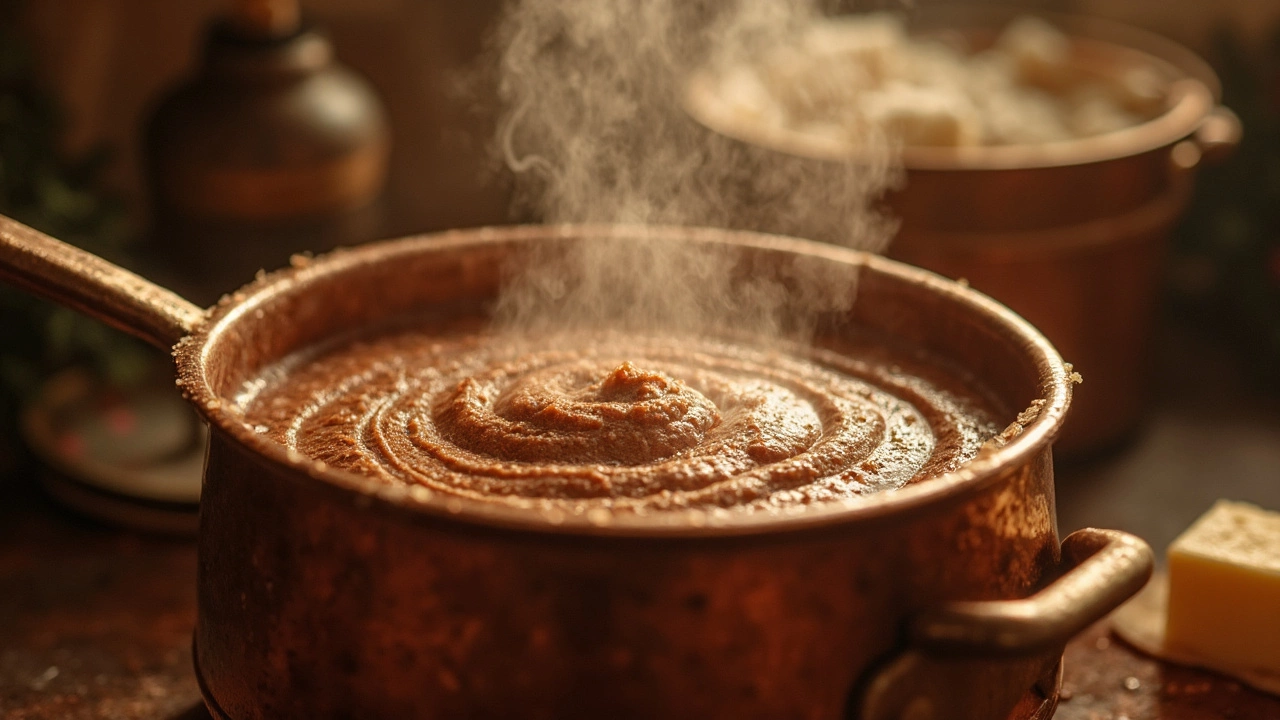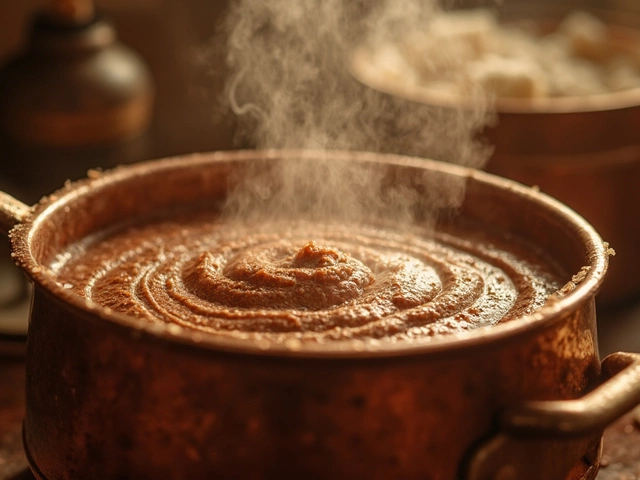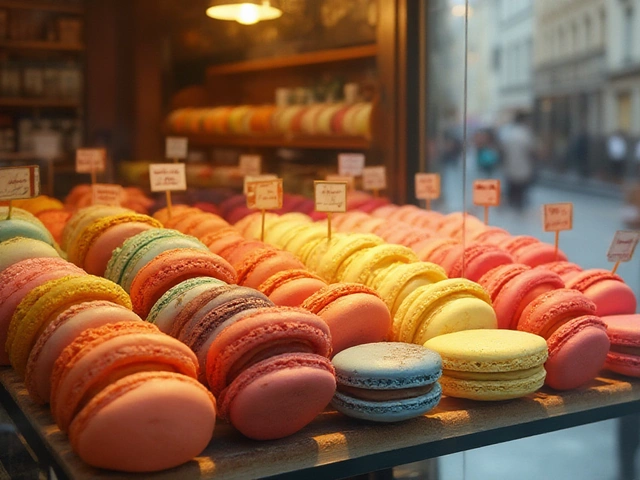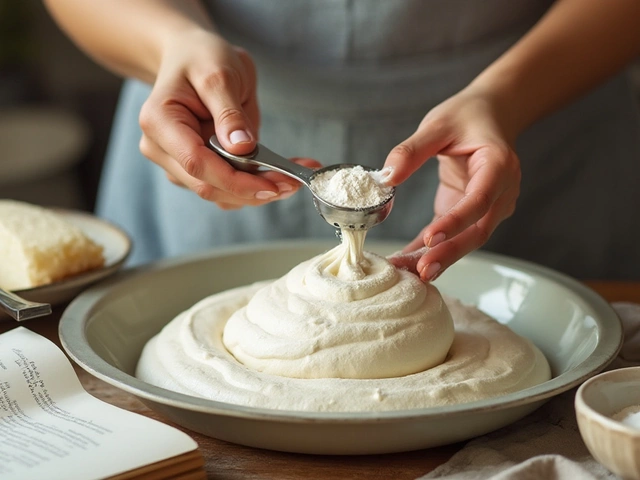Fudge Tips: Simple Ways to Make Perfect, Creamy Fudge
If you’ve ever pulled a batch of fudge that turned out gritty or too hard, you’re not alone. The good news is that a few easy adjustments can turn a shaky batch into a silky, melt‑in‑your‑mouth treat. Below are the most useful tips you can start using right away.
Master the Temperature
The single biggest factor in fudge success is the cooking temperature. Aim for the soft‑ball stage, which is between 235°F and 240°F (112°C‑115°C). A candy thermometer is worth the small cost – it takes the guesswork out of the job. If you don’t have one, you can test the temperature by dropping a tiny spoonful of the mixture into a glass of cold water; it should form a soft ball that you can roll between your fingers.
Altitude matters, too. At higher elevations, water boils at a lower temperature, so you’ll need to let the fudge boil a little longer to reach the soft‑ball stage. Add an extra minute or two and keep an eye on the thermometer.
Fix Common Fudge Problems
Grainy fudge is usually caused by crystals forming too early. To avoid this, stir the mixture gently and only once after it reaches the boiling point. Over‑stirring while the sugar is still hot also creates grains, so once you’ve added the butter and vanilla, stop mixing.
If your fudge ends up too hard, you probably boiled it past the soft‑ball stage. The good news is that you can rescue it. Heat the batch back up to about 235°F, then whisk quickly until it smooths out. For a softer texture, add a tablespoon of heavy cream or milk when you reheat.
When your fudge looks glossy but feels waxy, it’s a sign you’ve boiled it a bit too long. Let it cool a little longer before cutting, or add a splash of milk to bring back some creaminess.
Another simple tip: use a good quality chocolate with at least 60% cocoa. Lower‑quality chocolate can cause a gritty texture because of added fillers. Pair it with real butter, not margarine, for a richer mouthfeel.
Storage matters, too. Keep fudge in an airtight container at room temperature for up to two weeks. If you live in a humid climate, a thin layer of powdered sugar on top helps prevent a sticky surface.
Finally, experiment with flavors. A pinch of sea salt, a dash of espresso, or a swirl of caramel can turn ordinary fudge into a signature treat. Just add these extras after the mixture has cooled to about 120°F; high heat can dull delicate flavors.
With these straightforward tips – watching the temperature, limiting stirring, fixing texture issues, and choosing quality ingredients – you’ll be able to whip up smooth, creamy fudge whenever the craving hits. Give one batch a try and see how easy perfect fudge can be.

What Makes Fudge Good? Easy Tips for Homemade Perfection
Curious why some fudge turns out dreamy while other batches feel gritty or dry? This article breaks down the magic behind good fudge, from the science of sugar crystals to tricks for the perfect texture and flavor. You'll find honest, practical tips, interesting facts, and everything you need to level up your homemade fudge. Whether you're a first-timer or an old pro, these insights make every batch a little sweeter. Get ready to satisfy your sweet tooth with fudge that actually melts in your mouth.
View More
Mastering the Art of Fudge: Perfect Timing and Techniques
Discover the secrets to knowing when your fudge is perfectly done with our comprehensive guide. Understand the science behind fudge-making and learn tips to achieve that perfect texture. Explore various methods for testing fudge readiness and avoid common pitfalls. Become a fudge-making expert and delight your family and friends with your confectionery creations.
View More




